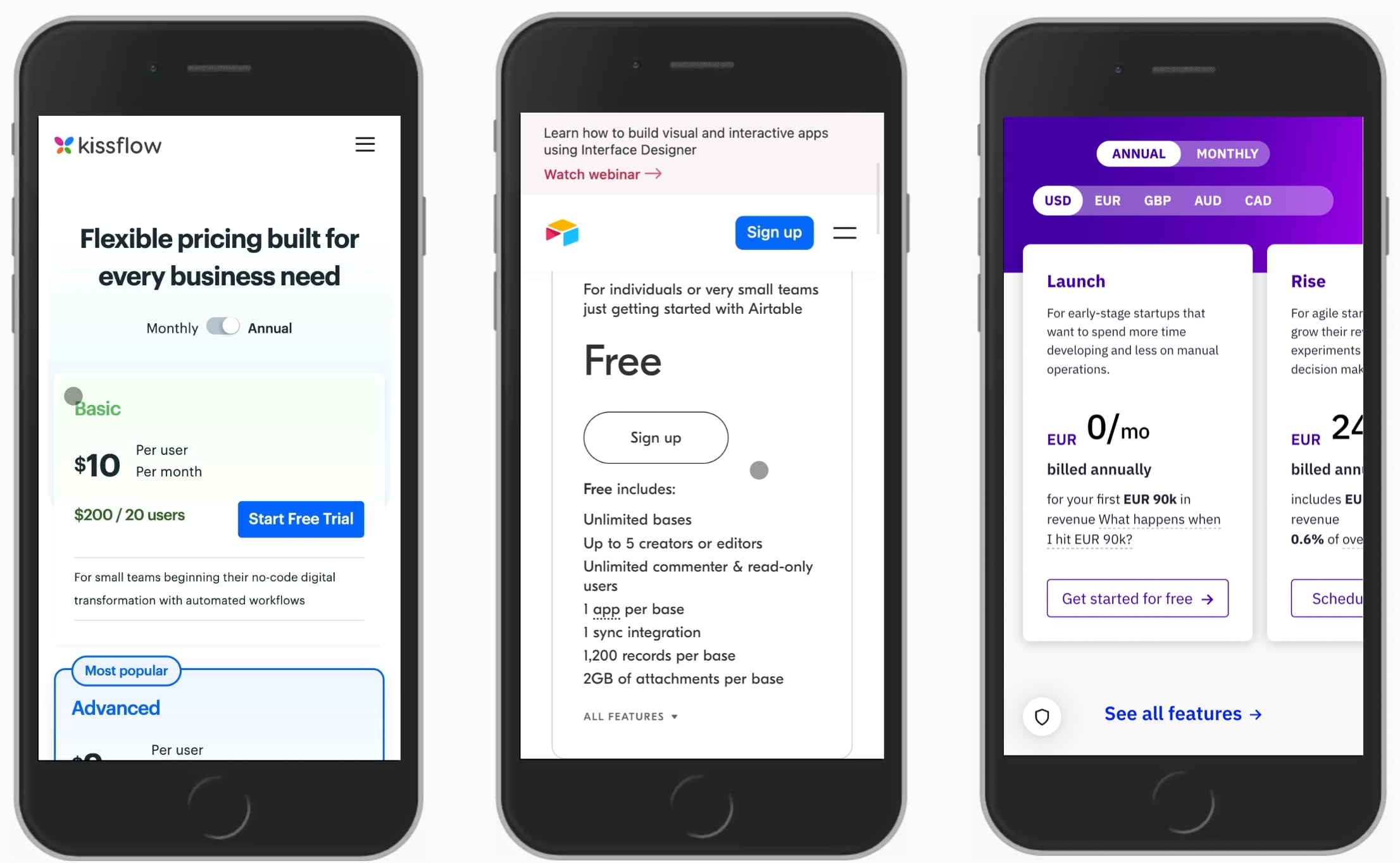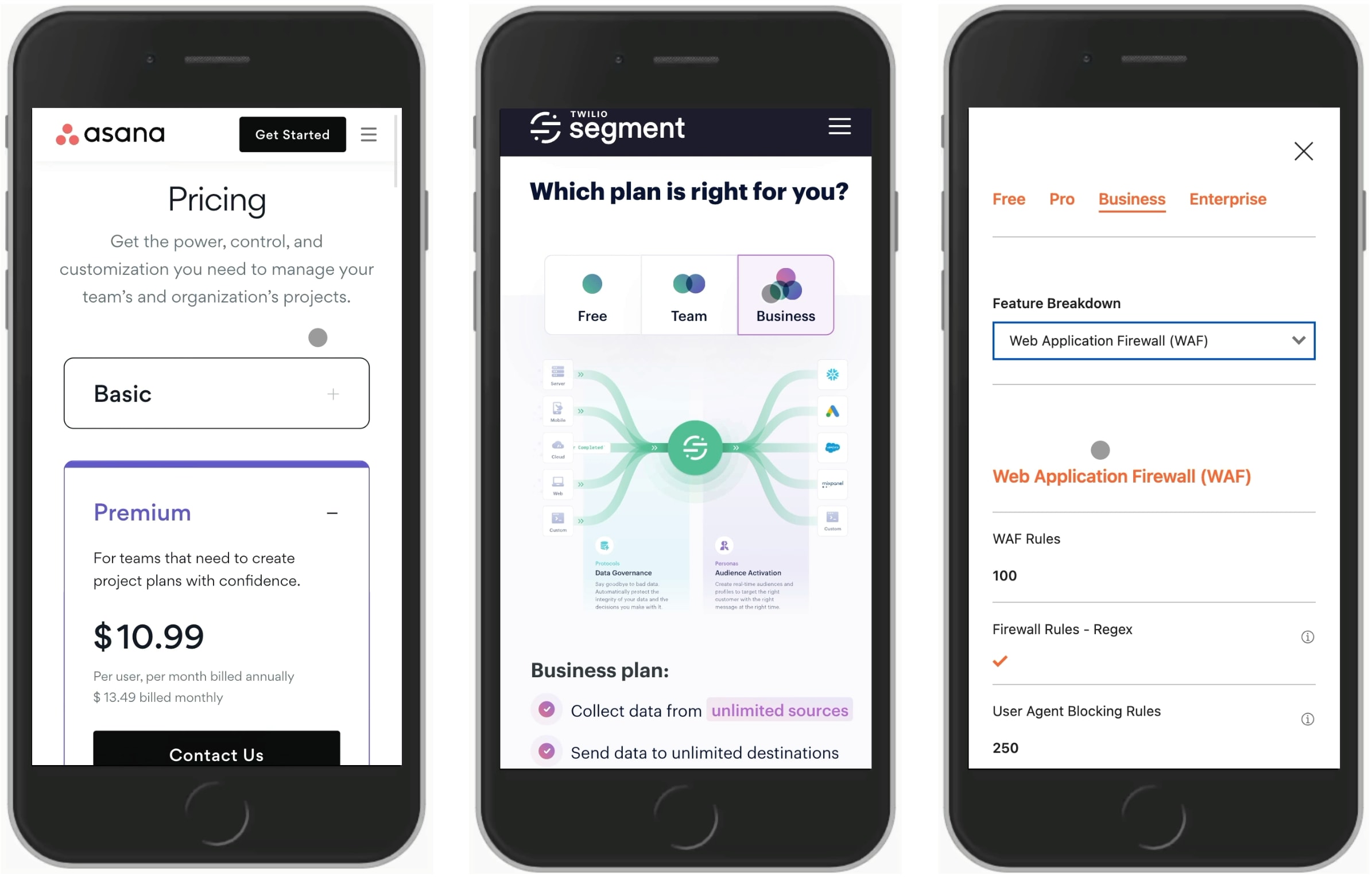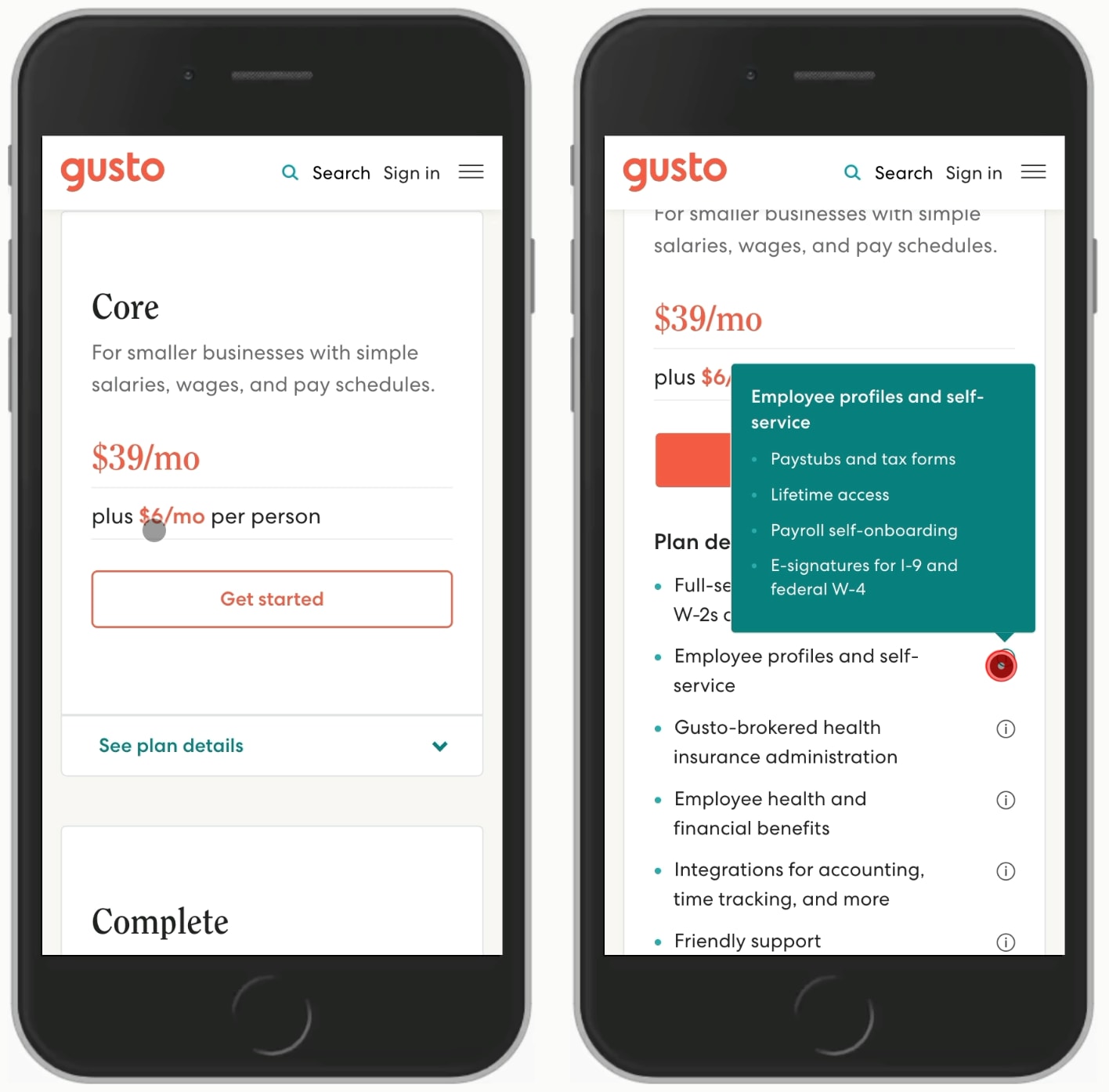The Role of Content Volume and Features in Mobile Design Pricing
Content volume and feature set are two of the most significant factors influencing the cost of mobile app design. Their impact is direct and measurable, affecting both the scope of work and the resources required to deliver a polished, user-friendly product.
Content Volume
- Definition: Content volume refers to the amount of text, images, videos, and other media that an app needs to display and manage. This includes everything from onboarding screens and help documentation to product catalogs and user-generated content.
- Impact on Pricing: More content generally means more screens, layouts, and states to design. Each piece of content may require unique UI treatments, especially if the app supports multiple languages or dynamic content. Higher content volume increases the number of design assets, the complexity of information architecture, and the time required for content integration and testing.
- Example: An e-commerce app with thousands of product listings will require more sophisticated catalog designs, search interfaces, and filtering options than a simple utility app with a handful of screens.
Features and Functionality
- Definition: Features encompass the interactive elements and capabilities of the app, such as user authentication, push notifications, in-app purchases, social sharing, analytics, and third-party integrations.
- Impact on Pricing: The more features an app has, the more screens, user flows, and edge cases designers must account for. Complex features like real-time chat, custom animations, or advanced data visualization require additional design effort and often necessitate iterative prototyping and user testing.
- Complexity Levels: Apps are often categorized by complexity:
- Simple apps (basic features, minimal interactivity): Lower design cost.
- Average complexity apps (multiple interactive features, platform-specific designs): Moderate to high cost.
- High complexity apps (extensive animations, native UI/UX, advanced functionality): Highest cost, sometimes exceeding $100,000 for design alone.
- Customization: Highly customized features or unique interactions (e.g., gesture-based navigation, AR/VR elements) further increase design costs due to the need for bespoke solutions and additional testing.
Interaction Between Content and Features
- Content-Driven Features: Some features are inherently content-heavy. For example, a news app with personalized feeds, offline reading, and multimedia support will have both high content volume and complex feature requirements.
- Feature-Driven Content: Conversely, some features (like user profiles or settings) may have low content volume but still require careful design to ensure usability and consistency across the app.
- Scalability: Apps designed to scale in content (e.g., user-generated platforms) or features (e.g., modular add-ons) must account for future growth in their initial design, which can affect upfront costs.
Cost Ranges and Estimation
- Simple Apps: $3,000–$10,000 (low content, basic features).
- Average Complexity: $10,000–$30,000 (moderate content, several features).
- High Complexity: $30,000–$100,000+ (high content volume, advanced features, custom interactions).
- Hourly Rates: Design costs also vary by region and agency, with simple apps costing $40–$60/hour and complex apps $400–$1,000/hour.
Key Takeaways
- Content volume and feature set are primary drivers of mobile app design pricing, with each additional screen, state, or interactive element adding to the total cost.
- Complexity—whether from rich content, advanced features, or both—significantly increases design time and resource requirements.
- Accurate pricing requires a detailed project specification that outlines both the content architecture and the full feature list.
- Platform considerations (iOS, Android, cross-platform) and team location also affect cost, but content and features remain the core variables.
In summary, when budgeting for mobile app design, carefully assess both the volume of content and the breadth of features required. These factors will determine not only the initial design investment but also the ongoing costs of maintenance and updates as the app evolves.





